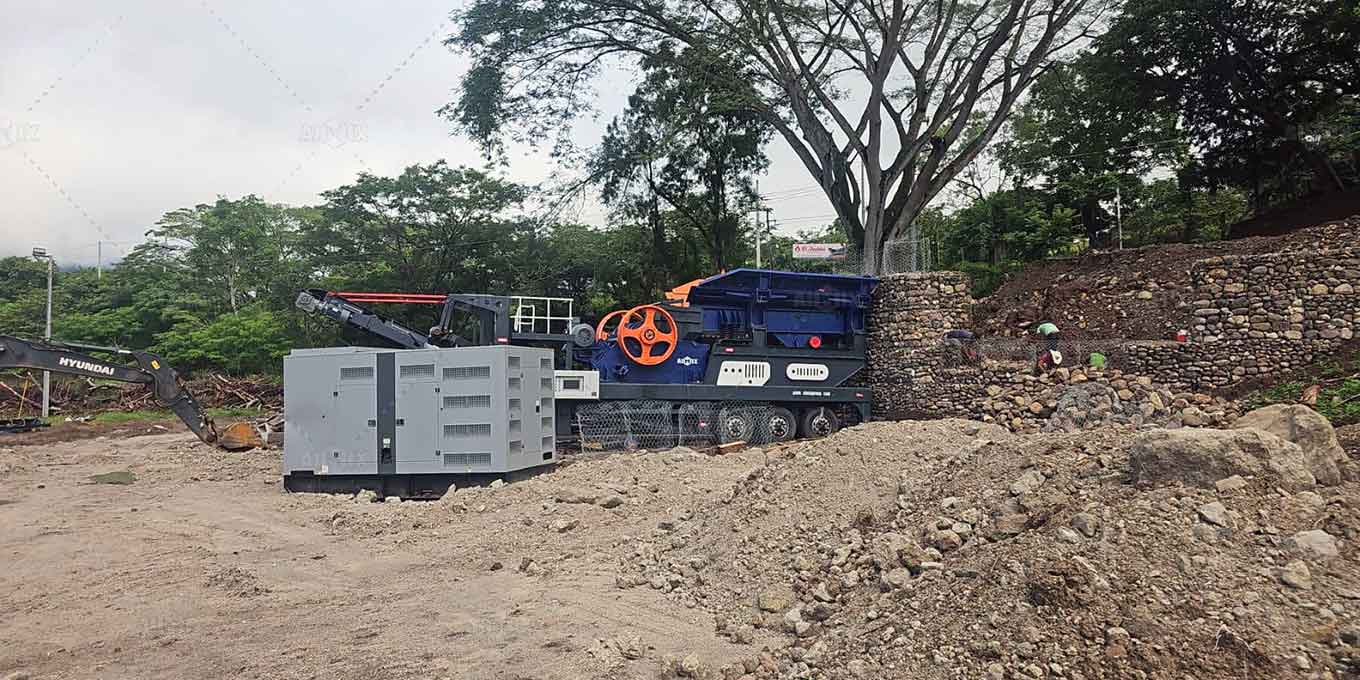The installation of a rock crushing plant represents a significant capital investment, where operational efficiency and long-term profitability are paramount. While much attention is rightly paid to the specifications of the crushers, screens, and conveyors, the foundational stage upon which this entire system rests is often treated as a secondary consideration. This is a critical miscalculation. Comprehensive site preparation for rock crushing plant is not merely a preliminary earthmoving task; it is a fundamental engineering discipline that directly influences structural integrity, material flow efficiency, regulatory compliance, and workplace safety. Neglecting this phase can introduce chronic operational deficiencies and latent liabilities that no amount of subsequent equipment optimization can fully rectify, making meticulous planning and execution of site works the indispensable first step toward a successful installation.
Geotechnical and Topographical Assessment: The Foundational Imperative
Before any physical work commences, a rigorous understanding of the site’s inherent characteristics must be established. This initial analysis forms the bedrock of all subsequent preparation decisions and engineering designs.

Subsurface Investigation and Soil Bearing Capacity
The immense static and dynamic loads imposed by a operating crushing plant demand a stable and predictable substrate. A professional geotechnical survey is non-negotiable. This investigation involves soil boring and testing to determine the bearing capacity of the ground, identify the water table level, and detect any potential for subsidence or soil liquefaction. The findings directly inform the design of foundations for primary jaw crushers, screening towers, and stockpile retainment walls. Inadequate foundational support can lead to differential settlement, misalignment of conveyors, and structural stress fractures, resulting in persistent mechanical failures and unsafe operating conditions. The cost of remediating foundation failure post-installation far exceeds the investment in a proper initial geotechnical analysis.
Topographical Modeling and Drainage Planning
The natural lay of the land must be harnessed and, if necessary, modified to serve the plant’s operational logic. A detailed topographical survey allows for the creation of a digital terrain model. This model is used to plan the optimal cut-and-fill strategy, minimizing earthmoving costs while establishing the correct grades for material flow by gravity where possible. Integral to this is a comprehensive surface water management plan. The site must be graded to prevent ponding around equipment foundations and to direct runoff away from working areas through swales and culverts. Effective drainage is not merely about convenience; it is a crucial measure to prevent erosion under conveyors, water contamination, and the destabilization of stockpiles, ensuring operational continuity during inclement weather.

Infrastructure and Layout Optimization for Material Flow
The physical arrangement of the plant’s components and its supporting infrastructure dictates the efficiency of its entire lifecycle, from feed to final product shipment.
Strategic Plant Layout and Traffic Flow Engineering
The spatial arrangement of the primary crusher, secondary and tertiary circuits, screens, and stockpiles must be orchestrated to minimize material transfer distances and reduce re-handling. Conveyor routes should be as direct as possible, with transfer points designed to minimize spillage and dust generation. Equally critical is the design for vehicular traffic. A well-planned site separates clean traffic (personnel, light vehicles) from haul traffic, providing clear, one-way circuits for dump trucks feeding the primary crusher and separate access for product haulage. This segregation enhances safety, reduces vehicle queuing, and maximizes the throughput of both the plant and its associated logistics, preventing the processing facility from being bottlenecked by its own supply chain.
Utility Provision and Environmental Safeguards
A stone crusher plant is a consumer of significant utilities and a potential generator of environmental impact. Reliable access to a high-voltage power supply is essential for electric-driven plants, while a dependable water source is critical for dust suppression systems. These utilities must be routed to the plant in a way that does not impede access or present a safety hazard. Simultaneously, proactive measures for environmental control must be integrated into the site plan. This includes the construction of sediment ponds to treat runoff water, the strategic placement of wind breaks or misting cannons for dust control, and the implementation of noise attenuation barriers where required by proximity to sensitive receptors. These are not afterthoughts but core components of a sustainable and socially responsible operation.
Regulatory Compliance and Long-Term Operational Preparedness
The final phase of site preparation involves aligning the physical works with legal mandates and establishing the conditions for efficient long-term management.
Permitting and Zoning Adherence
The legal authority to operate is contingent upon strict adherence to a web of local, state, and federal regulations. Site preparation must be executed in full compliance with permits governing land use, water management, air quality, and biodiversity. This may involve creating specific buffer zones, implementing approved erosion and sediment control plans, and ensuring all clearing and grubbing activities are conducted within designated boundaries. Failure to secure and operate within these permits can result in costly fines, mandatory work stoppages, and irrevocable damage to the company’s standing with regulatory bodies and the local community.
Establishing a Foundation for Maintenance and Safety
The prepared site must facilitate, not hinder, the ongoing requirements of maintenance and safety protocols. This means allocating sufficient clear space around all major equipment for safe access by service cranes and personnel. The foundation for the primary aggregate crusher, for instance, should include adequate headroom and clearance for liner changes. The entire site requires a base of compacted, stable material—often a well-graded aggregate—that can support heavy equipment and provide a firm, mud-free surface for personnel year-round. This foresight in creating a maintenance-friendly environment directly reduces downtime, lowers long-term operating costs, and unequivocally enhances the safety of every individual on site, cementing site preparation as the most critical investment in the plant’s future.
